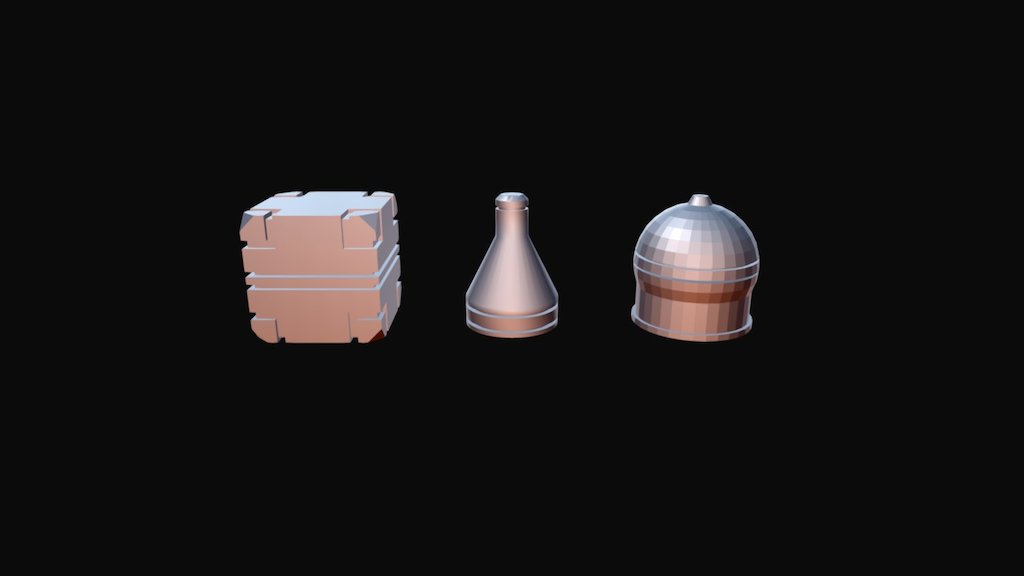
Mesh-modeling Fundamentals Exercise01
sketchfab
Mastering the Basics of Mesh Modeling through Engaging Exercises To become proficient in mesh modeling, it is essential to delve into a series of fundamental exercises that hone your skills and expand your understanding of this intricate process. The initial step involves familiarizing yourself with the basic tools and features of your chosen 3D software, such as selecting vertices, edges, and faces, and manipulating them to achieve the desired outcomes. One crucial aspect of mesh modeling is learning how to navigate through complex models effectively. This includes becoming proficient in using various selection modes, including vertex selection, edge loop selection, and face selection. Understanding when to use each mode is vital for efficiently building and refining your mesh models. Another critical skill to master is the ability to effectively delete and merge elements within a model. This involves understanding how to select vertices, edges, or faces and then deleting them to achieve the desired results. Additionally, knowing how to merge selected elements into one cohesive unit can significantly simplify your workflow. A fundamental principle of mesh modeling is topology. Understanding how to create efficient topologies is key to ensuring that your models render smoothly and efficiently in software such as 3ds Max or Maya. This includes learning how to distribute vertices and edges in a manner that minimizes the number of polygons while maintaining model fidelity. Practicing basic mesh operations, such as extrusions, cuts, and loops, will also help solidify your skills. By mastering these fundamental techniques, you'll be well on your way to creating intricate models with precision and control.
With this file you will be able to print Mesh-modeling Fundamentals Exercise01 with your 3D printer. Click on the button and save the file on your computer to work, edit or customize your design. You can also find more 3D designs for printers on Mesh-modeling Fundamentals Exercise01.
